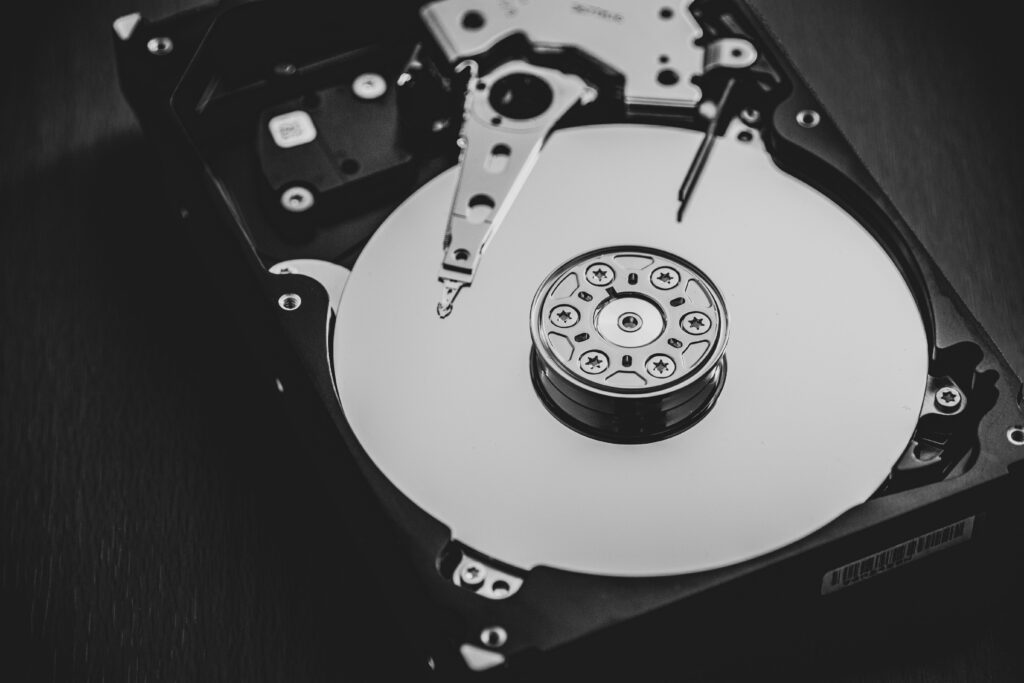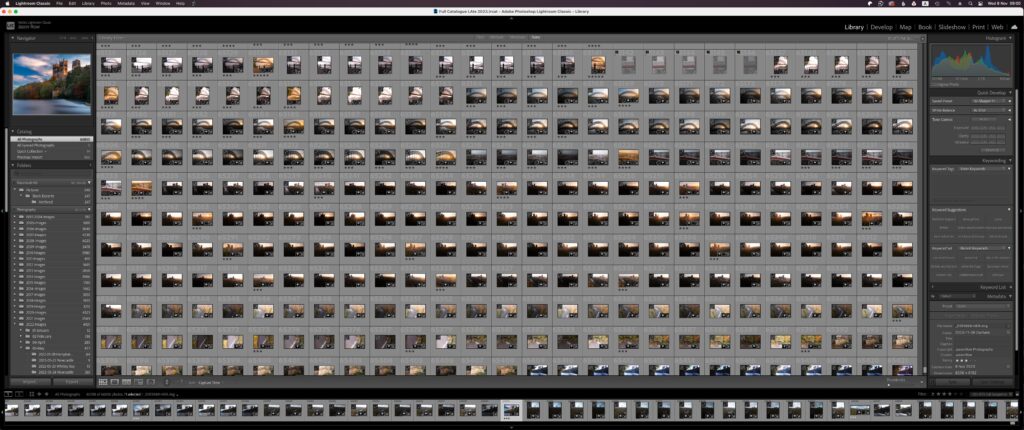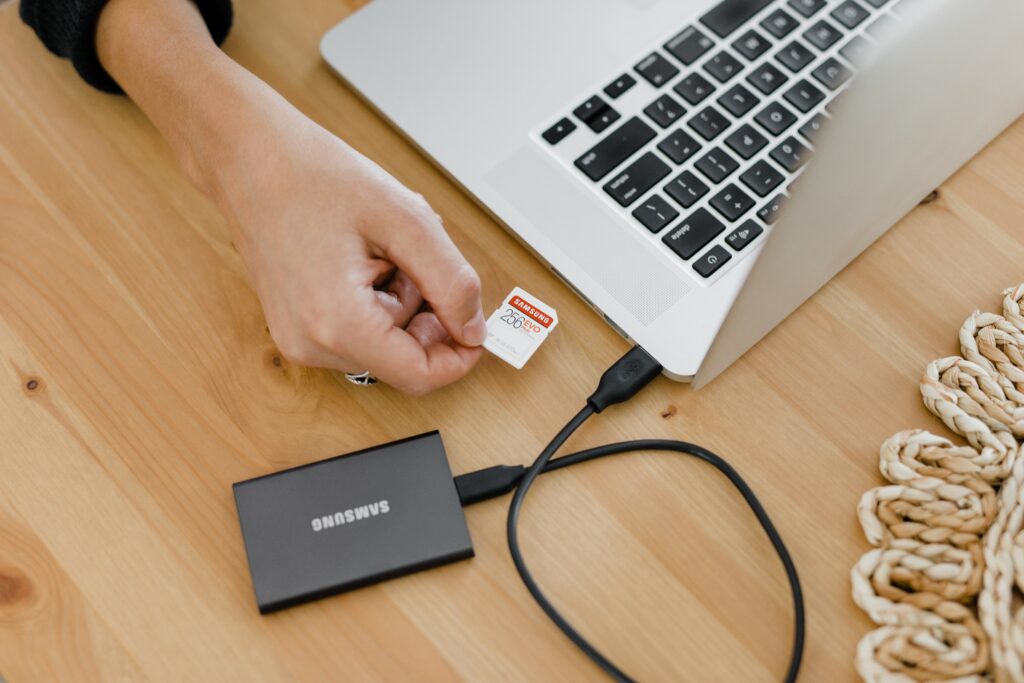Your hard drive is going to fail. That’s not scaremongering, that’s a fact. This article is not intended to be doom and gloom but rather a real-world look at why you absolutely need to back up your images.
Let’s have a virtual hands-up of those who only have one copy of their images. I wager that it’s a reasonable percentage of you. I suspect some of you are relatively new to photography. I also suspect those who haven’t backed up haven’t given it much thought. After all, modern computers are pretty reliable, aren't they? Yes, they are, as are modern cars, modern TVs, and modern washing machines. Now, I would wager that you have had one fail.
Why You Should Never Assume Drives Are Reliable
Let’s break down drives into their two main categories. We have the HDD, hard disk drive; these are the older, more traditional mechanical drives. Then we have the more modern SSD, solid-state drives. These have no moving parts, using flash memory to store your data.
Kicking off with HDDs, it’s obvious that any mechanical object is prone to failure. Hard drives are actually incredibly intricate and fragile devices. They feature magnetic platters that rotate at speeds of up to 7200rpm. They have delicate arms through which the data is read to those platters. The fact that they are magnetic means they are susceptible to data corruption. There are many potential points of failure on an HDD. That they are generally very reliable is a testament to the years of development they have endured. However, that reliability decreases with age and use.

So, if an HDD with moving parts is prone to failure, surely an SSD is much more reliable. Well, no, not exactly. You see whilst the SSD is not going to have mechanical issues, the fact is that the flash memory has only a certain amount of read/writes. If you use that SSD constantly for huge amounts of data, the longevity of the flash memory will be reduced and prone to failure.

Will I Know If My Drive Is Failing?
The honest answer is maybe. Some drives will begin to fail over a period of time. Images might not copy to it correctly the first time. Images might appear corrupted or miss parts, often from the top or bottom. External drives might not always connect the first time.
Sometimes, a drive will fail without notice. You switch the computer on one morning, and the drive is not there.
On a long stock road trip in Europe, my 1TB SSD drive was not recognized when plugged directly into the Mac. It did, however, work fine when plugged in through a hub. My immediate reaction was to back everything up to one of the two spare 4TB external HDDs I carried. The drive survived the trip, and I reformatted it when I got home, but there will always be niggling doubts about its reliability. It is now relegated to non-essential work such as caches.

Prevention Is Better Than Cure
Wait, there is a cure? Again, the answer is maybe. You can recover images from hard drives in some situations. However, at a layman's level, you need some specialist software and a lot of patience. Even then, this will not always work, and will often not find more specific images such as RAW files.
Beyond that, specialist companies will take your drive, mount it on a rig, and use highly sophisticated hardware and software combinations to attempt to recover the data. This is forensic-level recovery, and it will cost you hundreds of dollars. That brings us neatly to prevention.

Prevention, in this case, is not going to stop the drive from failing, it is the prevention of losing all your beautiful images by having the images stored on other drives and even other locations. Let’s look at some backup strategies for your images.
External, Off-Site, And In The Cloud
You should consider these three main elements for backing up your images. External refers to external drives. Whilst you might be tempted to buy an external SSD, the fact is that for backup, the good old (and cheap) external HDDs are the way to go. You can buy 4TB external for less than $100 and add new ones as your image collection grows. The drives will be rarely used and stored well, so they should last a long time.
A single backup might be sufficient if you are just a hobbyist shooter. If your photographic collection is very important, you should consider supplementary options.
The first is to back up to a second external drive and store that off-site. It could be at a friend or family’s house or in a storage facility or bank vault. Either way, it protects your valuable images against anything happening to your home. This could be a fire, an act of God, or even theft. Insurance will cover the tangibles, but your image collection will be lost forever.
The last way I would recommend is back up to the cloud. Whilst Google, Apple, and others all have Cloud storage, they generally require you to back up manually. My preference is for a dedicated Cloud backup service. With these, you tell the server which hard drives to backup, and it will do so whenever it sees any changes.

These services are inexpensive and reliable, costing a few dollars a month. My personal preference is BackBlaze. They have unlimited storage, and their app sits quietly in the background of my computer, uploading not only any images I have added but also any that I have changed. Of course, these cloud backups are not limited to images and video; you can also back up any other valuable data you might have for the same monthly cost.
Summary
At the top, I said your hard drive will fail. I have drives running fine for over a decade and had drives fail within a year. That I have not lost any digital images accumulated over the last 20+ years is a testament to prevention, not cure.
External drives are inexpensive and easy to store. Cloud services allow you to back up in real-time constantly. A combination of both is a fail-safe way to preserve your images for as long as you want.
Further Reading:
Light Stalking https://ift.tt/5S7ERCl
Sourced by Time Trap Photography sharing the best photography tips, news and tricks throughout the industry. Time Trap Photography is dedicated to freezing those special moments in life that can be revisited and admired for generations to come. - Shannon Bourque
Please visit our main site for booking availability and rates.

Receive valuable industry knowledge delivered free to your email each day.






No comments:
Post a Comment
Thank you so much for your comment. A moderator will review and approve all relevant posts. We appreciate your support and encourage you to stay with us by subscribing to our email updates. Where you can easily pick and choose what photography subjects interests you. Subscription link: http://bit.ly/photo-sub